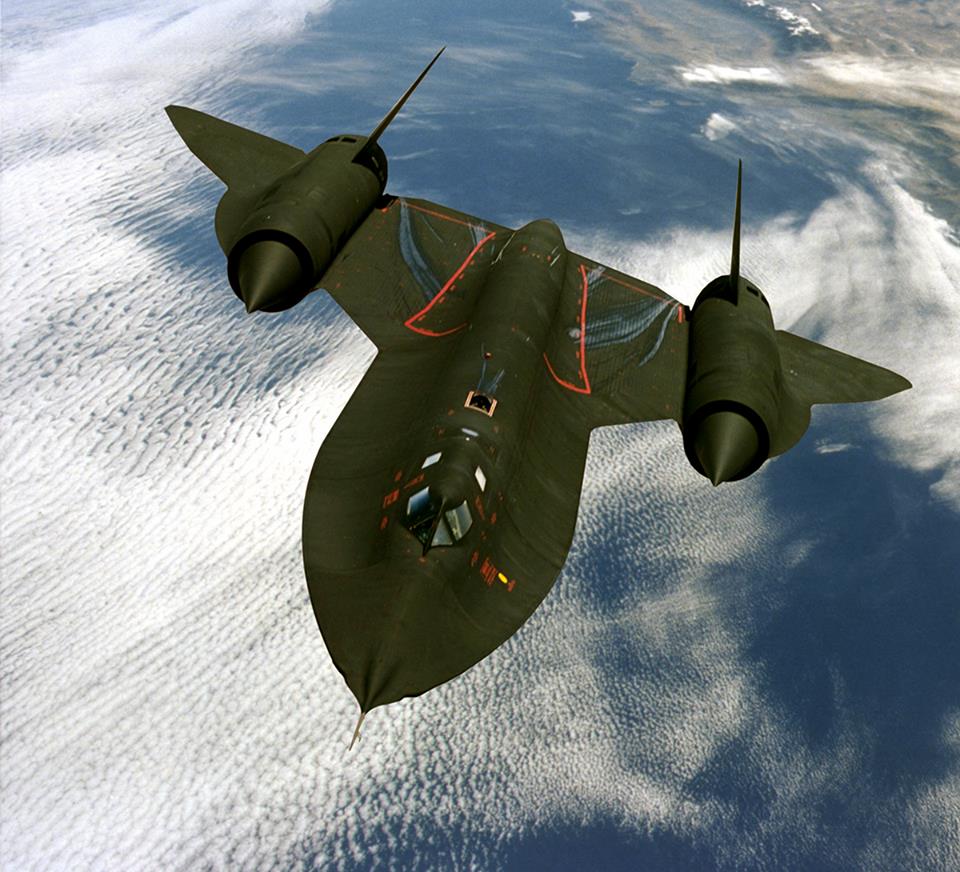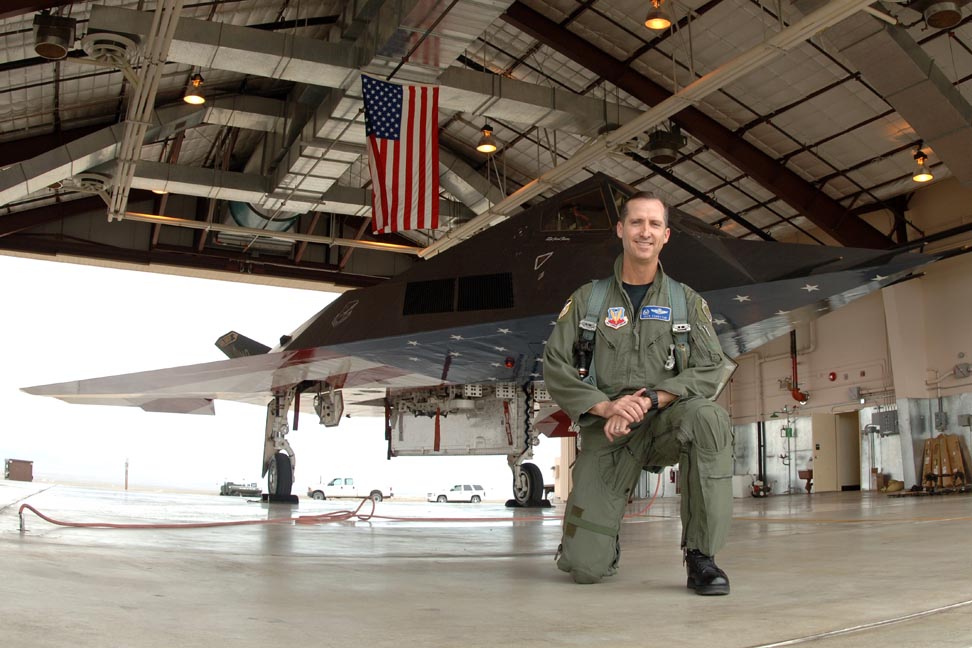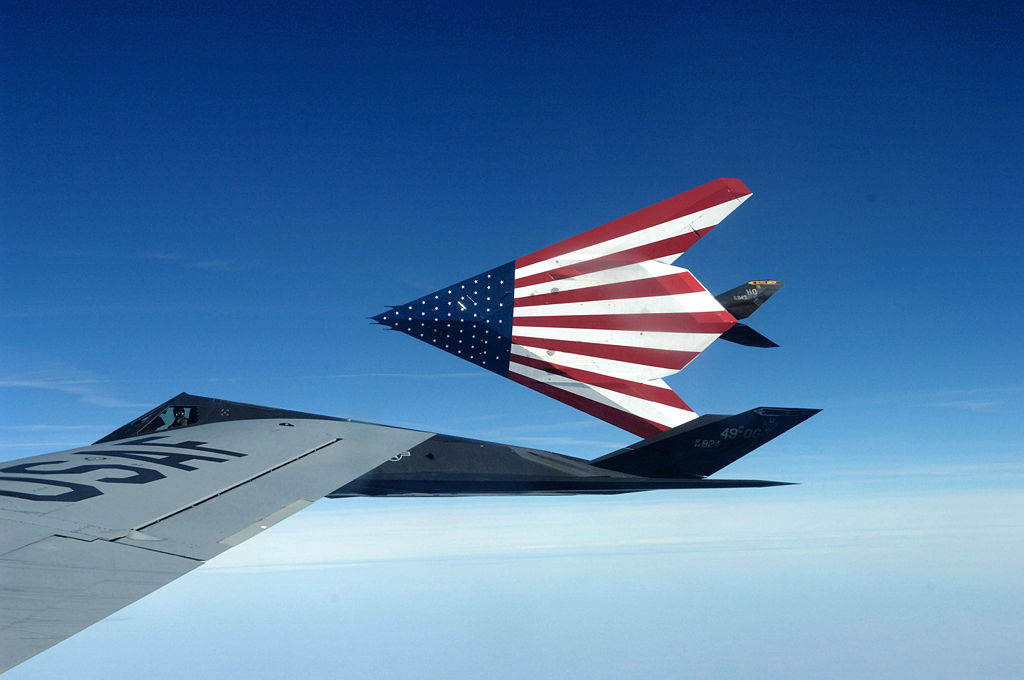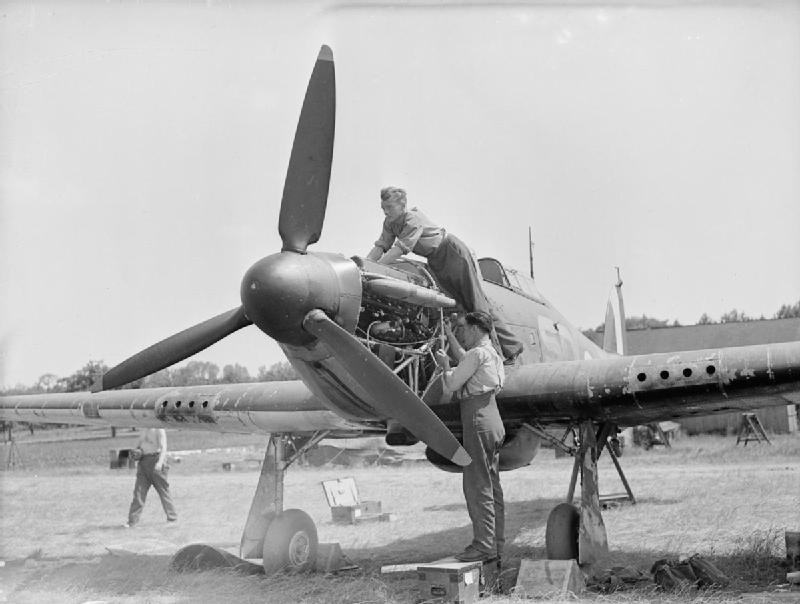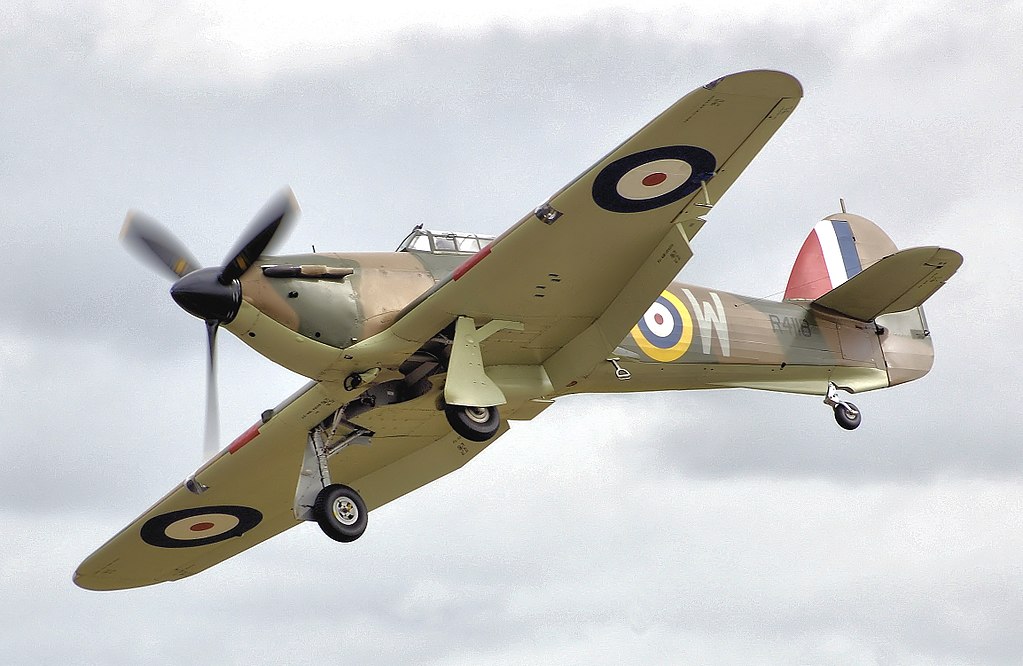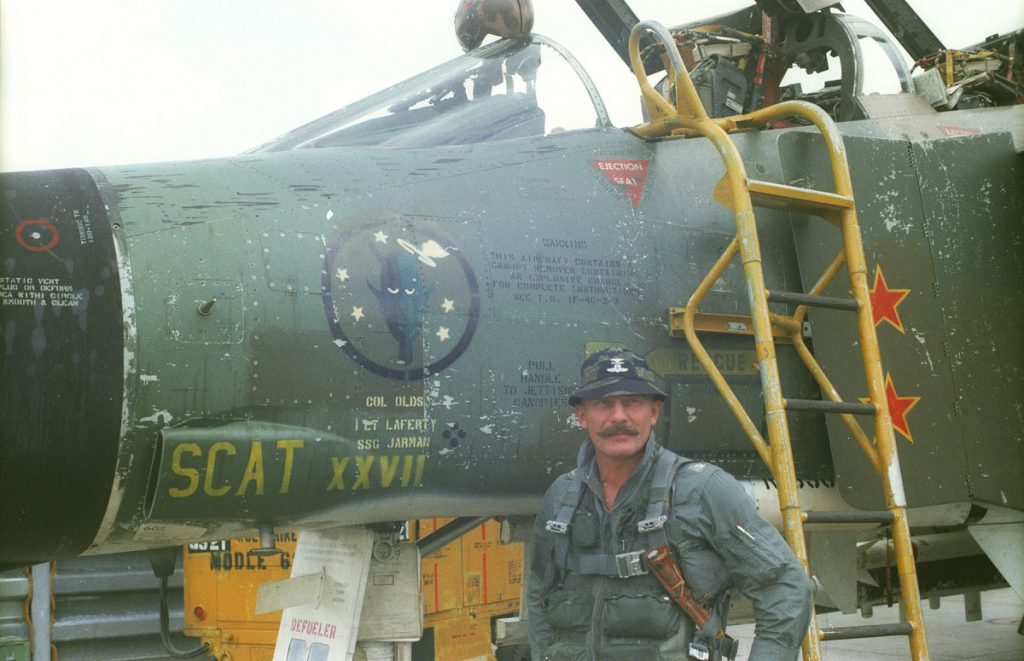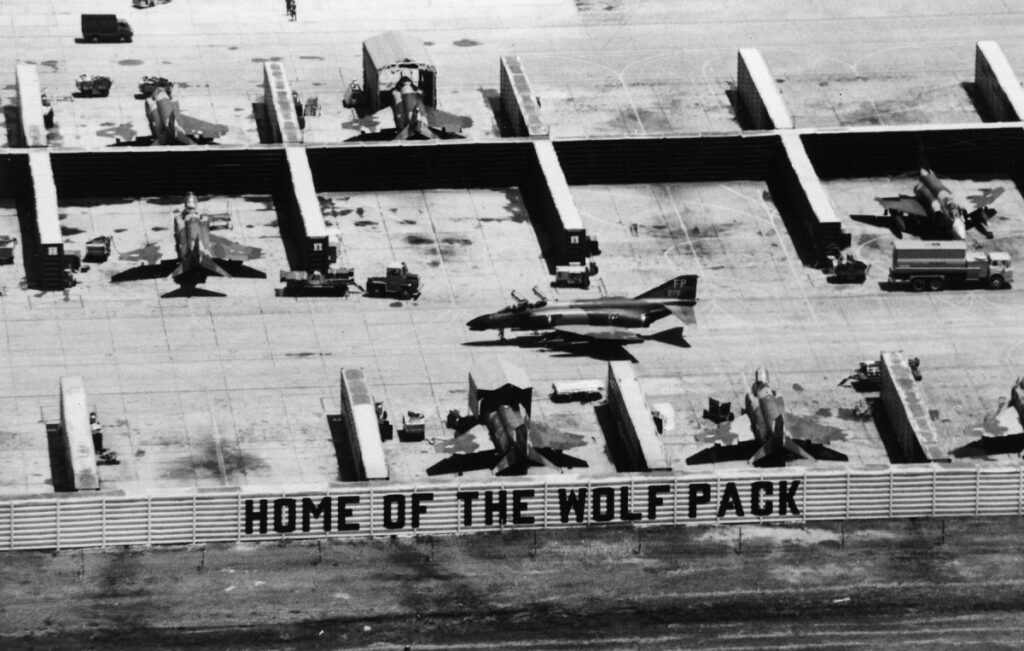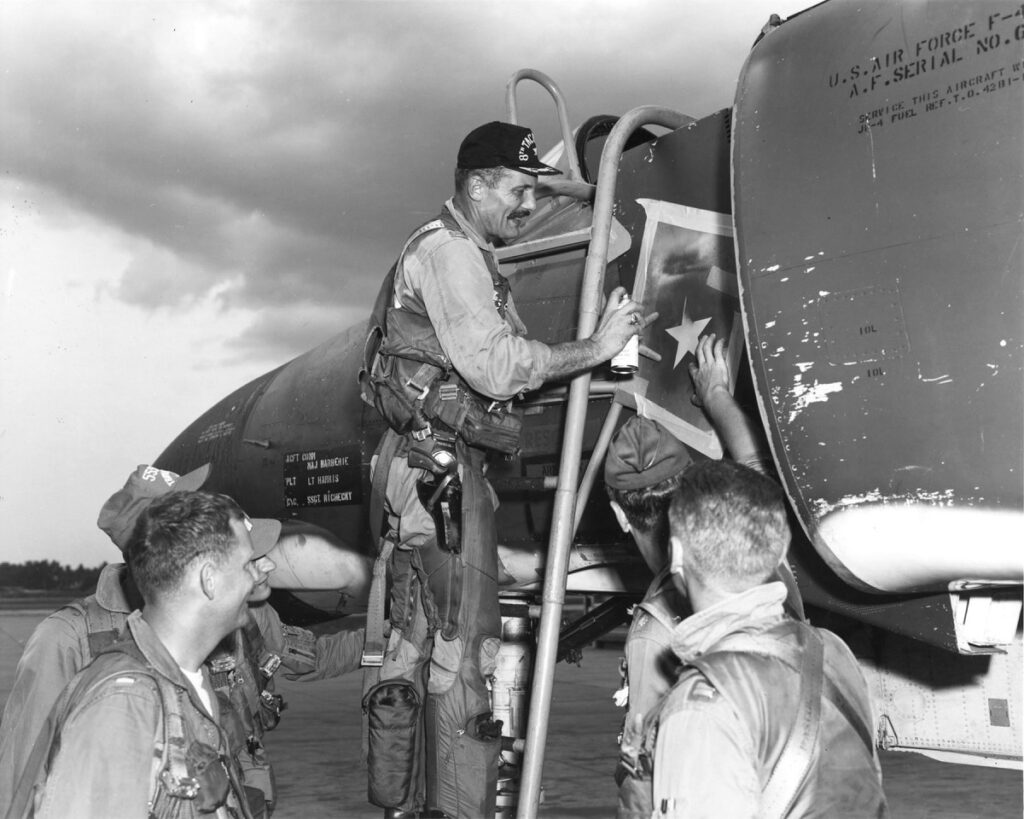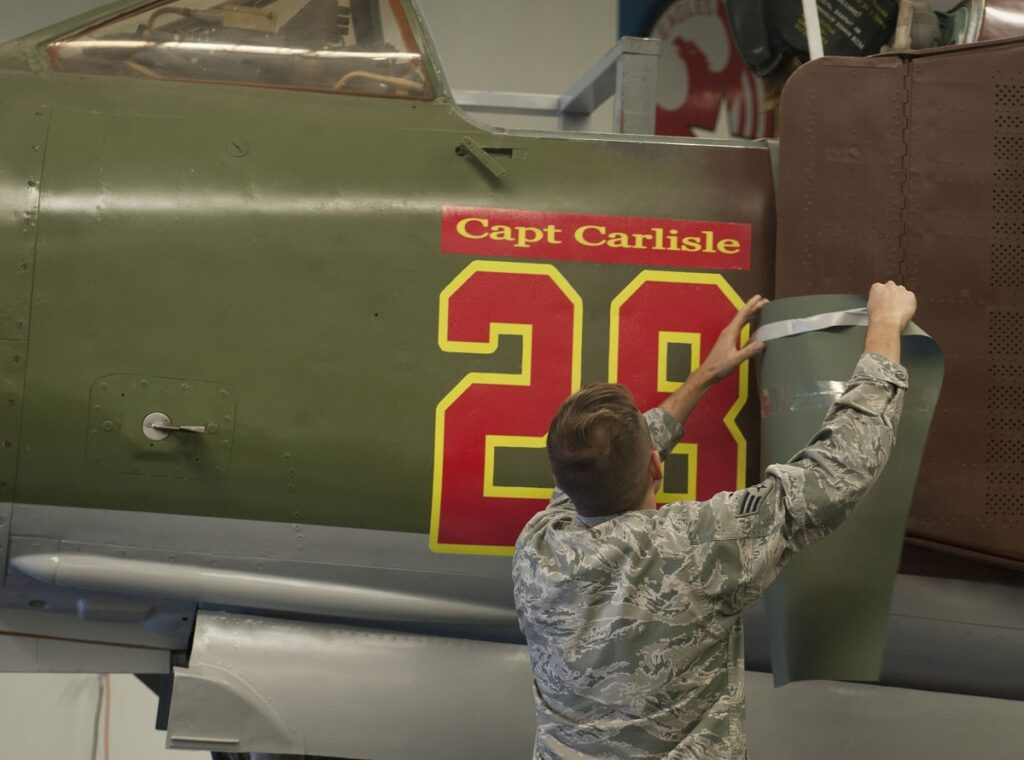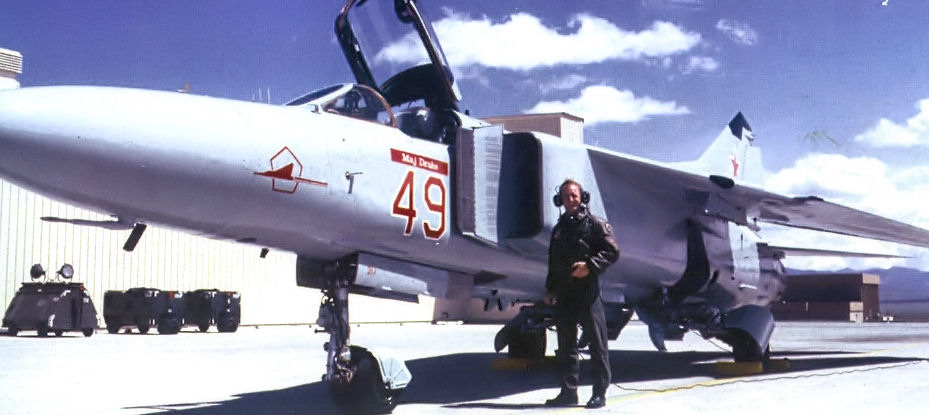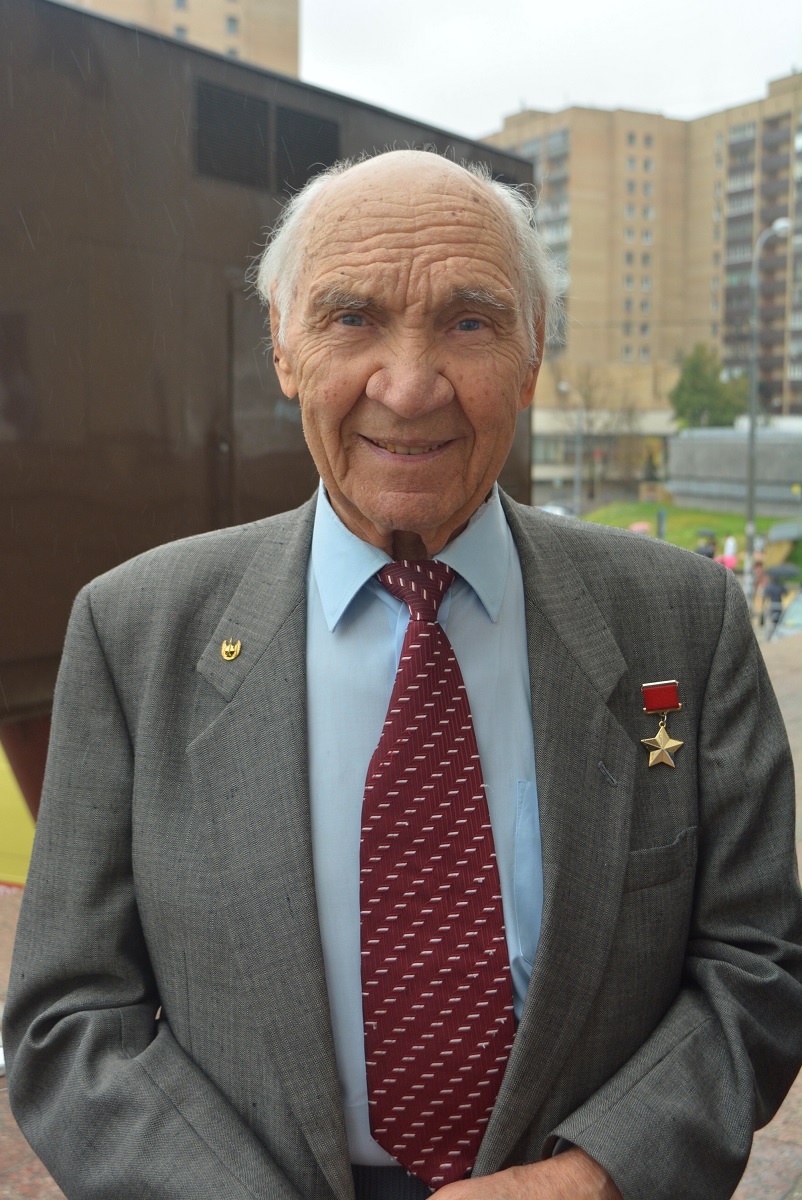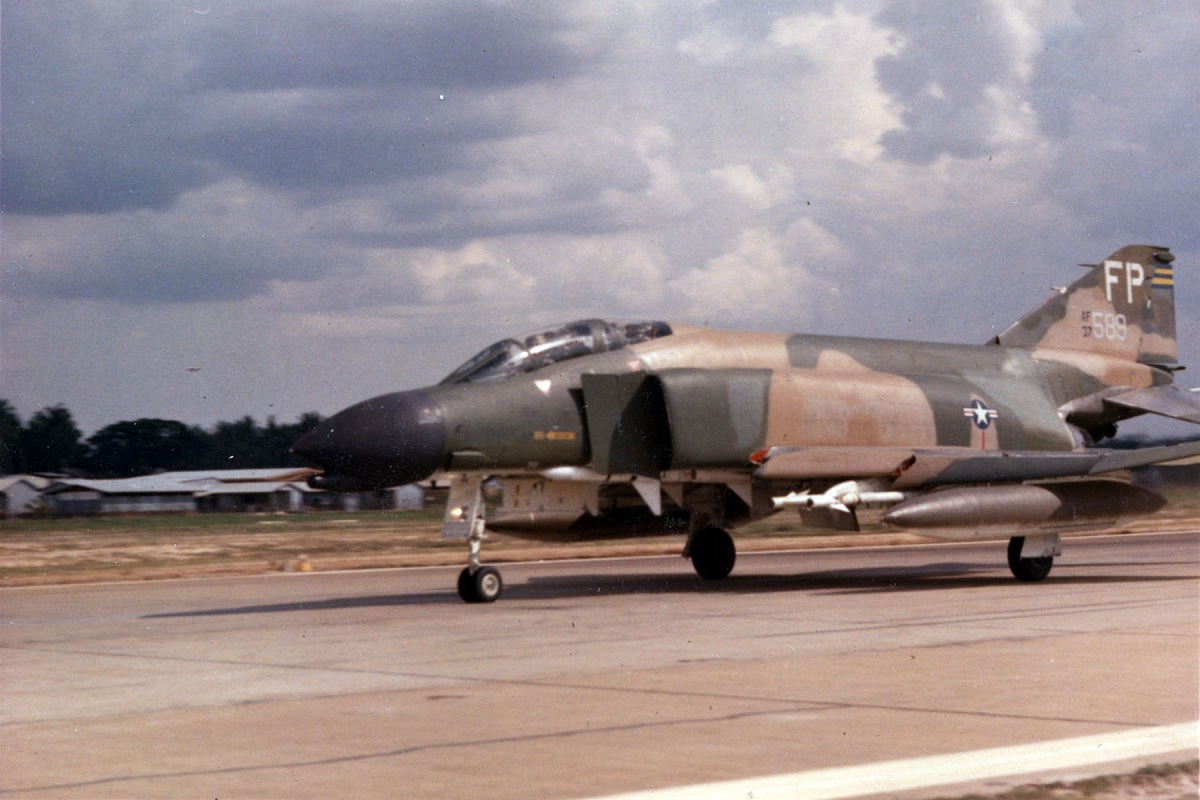Because it was a hybrid made of the first YF-12A’s rear fuselage and a functional engineering mockup of an SR-71A forward fuselage created for static testing, SR-71C S/N 61-7981 was known as “The Bastard.”
The intriguing video in this post was recorded at Hill Air Force Base (AFB) in June 2016, and it features SR-71C, “The Bastard,” S/N 61-7981, the final SR-71 to be produced and the only C model Blackbird ever made. Its hybrid construction, which combined the rear fuselage of the first YF-12A (S/N 60-6934) with a functioning engineering model of an SR-71A forward fuselage made for static testing, earned it the moniker “The Bastard”.
After the second of the two B-model trainers crashed on January 11, 1968, a new plane was constructed to take its place. On March 14, 1969, the C model took off for the first time from the Lockheed facility in Palmdale, California, with Lockheed test pilot Steve Belgeau serving as the reconnaissance systems officer and Blackbird Chief Project Pilot Robert J. Gilliland at the controls. On September 3, 1970, it was handed over to the 9th Strategic Reconnaissance Wing at Beale AFB, California, following flight testing.
The aircraft only had 556.4 flight hours, not counting the 180.9 hours accumulated when it was still registered as YF-12A S/N 60-6934, when it made its final flight on April 11, 1976, and was taken out of service on June 24, 1976. At the Lockheed facility in Palmdale, California, it was subsequently processed for long-term storage.
The aircraft was given to the Hill Aerospace Museum by the Air Force in April 1990 after Utah Senator Orrin G. Hatch’s intervention, and the museum immediately started organizing its transfer from Beale AFB to Hill AFB.
In order to establish the best approach to disassembling, packaging, and transporting the aircraft, representatives from the museum, the Air Force Heritage Foundation of Utah, the 67th Aerial Port Squadron, and the 405th Combat Logistics Support Squadron (CLSS) flew to California in July 1990.
Then, in August 1990, a sixteen-person crew from the 405th CLSS traveled to California and disassembled the plane into three main parts and other minor parts, including a J58 engine and start cart, palletizing them all for transportation on a C-5 Galaxy cargo plane. However, no cargo aircraft was immediately available to bring the disassembled parts back to the base after the operation was over. All activities would have to wait.
The majority of the palletized components were retrieved from Beale AFB by officials from the 67th Aerial Port Squadron and the 405th CLSS in the spring of 1991, leaving only the larger portions that needed to be transported by cargo aircraft. One year after the dismantling process started, in August 1991, air transport was ultimately organized using a C-5 from Travis AFB.
The airplane parts were assembled in a sizable hangar owned by the 405th CLSS for reassembly and restoration once all the pieces had finally arrived on base. The challenging two-month process of putting the aircraft back together involves volunteers, Air Force Reservists, and numerous active-duty personnel. The finished airplane was transported to the museum and shown there on October 16, 1991.
Source: U.S. Air Force
Photo by U.S. Air Force




